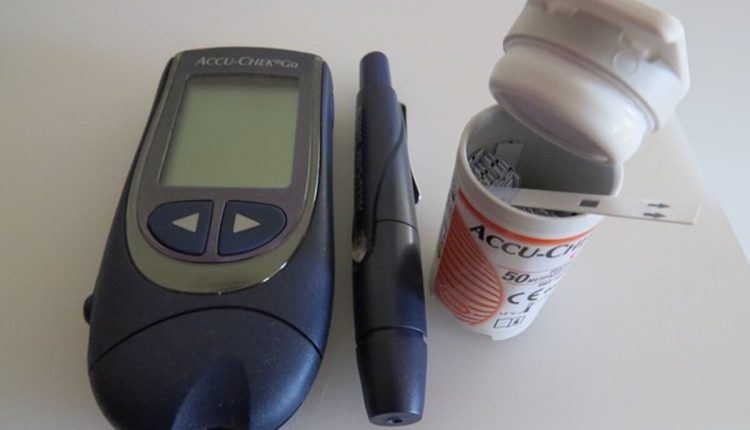Back Pain and Unsuccessful Treatment Methods: Strategies for Coping with Chronic Pain and Depression
Millions of Americans suffer from chronic back pain each year. Up to 85% of people diagnosed with depression also suffer chronic pain. Millions of people worldwide suffer from back pain and sciatica, yet the causes of their discomfort are little understood. Chronic back pain and depression form a complex that is often misinterpreted and leads to its symptoms and problems. Depression and chronic pain are a lethal combination from which there is little possibility of recovery.
There are often two types of pain, including back pain. Nociceptive pain is one kind, and neuropathy/neuropathic pain is another. The nociceptor sensory fibers pick up on noxious stimuli, such as pain. Damage to a nerve or other part of the nervous system can cause a painful condition known as neuropathy. Your brain will receive messages of nociceptive pain, whether it’s an injury to your skin, muscles, connective tissue like ligaments and tendons, bones and joints, or another critical organ. Traumatic or injury-based explanations for nociception typically improve with time and therapy. Surgical pain, post-accident pain, post-fall pain, post-stubbed-toe pain, and arthritis pain are all examples of this pain category. Pain associated with neuropathy or damaged nerves is often described as an intense ache, throb, or soreness. Back pain and sciatica are the most common forms of neuropathy, but it can also suggest damage elsewhere, such as when neck discomfort radiates down the arms and into the hands and fingers. When nociceptive pain persists over an extended period without any apparent cause or cure, it is thought that it may transform into neuropathic pain. It is not unusual for a patient to experience both types of pain as part of a constellation of diseases.
There is a continuum from mild to acute nociceptive pain and neuropathy, from sudden onset to a chronic, long-lasting condition. Although there is no way to categorize the experience of pain objectively, we can classify it as either acute or chronic. The experience of pain and the information we glean from it are distinctively different between acute and chronic pain. Acute pain is a good indicator of the extent of injury at a particular site. When it comes to acute pain, there is a link between how much it hurts and how much damage was done. To protect us from further harm, our bodies experience pain as an adaptive response that prompts us to remove the offending stimulus or alter our behavior. Therefore, nociceptive pain is the source of acute pain. However, the message conveyed by chronic pain is different from that of acute pain. Living with chronic pain has no physical benefit, nor is it protective or adaptive. One might even go so far as to call the signal an error. Why is that? Chronic pain, also known as neuropathic pain, is characterized by the persistent transmission of pain signals to the brain long after the original injury has healed.
Due to its rebellious nature, many people with chronic back pain end up depressed, unable to work or care for themselves. Chronic back pain and depression are related in a way that is difficult, if not impossible, to treat. Loss of appetite, insomnia, irritability, anxiety, and other mental and physical illnesses are all symptoms shared by the typical chronic pain sufferer with depression, all of which may be traced back to the patient’s constant discomfort in the back. The pain management specialist typically intervenes at this point, medicating the patient with a wide variety of narcotics that only make matters worse. And now we have someone marginalized by the stigma and their inability to perform at peak levels due to their chronic back pain and depression, who is probably disabled and unable to work. When added to pain medication, narcotics can completely incapacitate a person with chronic pain, often leading to addiction. Depression, hopelessness, loss of identity, loss of self-esteem, and possibly loss of everything around them that was ever important to them are just the beginning of the downward spiral.
It’s rather bleak, huh? The situation is not hopeless, and there is a way out. A concerted effort, and sometimes treatment, is required to wean off the painkillers. However, it is possible. An increasing number of people are seeking alternative therapies for “bad back” or chronic back pain every day. Many people with the potentially fatal combination of chronic pain, depression, and narcotics addiction are beginning to realize that conventional pain management, with its “let’s throw medication at it” mentality, is a black hole from which, if not entirely disengaged from in time, will completely suck the life out of the individual at risk.
What’s on tap? The four pillars of recovery are physical activity, medication discontinuation, formal education, and reintegration into society. This is not as easy as it sounds. It’s possible that the chronic back pain will last for a long time and that you’ll need antidepressants to get through it. However, assistance is accessible to everyone who wants it. The result could be a fresh start that has little to do with the harsh realities of the past. Working out, discontinuing medication, studying, and reintegrating into society are all recommended. Beginning with a good, individualized exercise program, getting help to wean off the painkillers if necessary, returning to school or starting to educate yourself (which does wonders for one’s sense of self-worth), and re-engaging with one’s life (one’s family, friends, and even one’s dog, if one has one) can all help one feel better and more at ease. Then what? As the adage goes, you must take things one day at a time. The payoff will justify the effort. Getting there? Fantastic!
If you suffer from neck pain, back pain, or sciatica—collectively called the “back pain complex”—try the following program for further information and a thoughtful approach to treatment.
Anyone experiencing neck discomfort, back pain, or sciatica should check out this fantastic resource for New Balance running shoes, which include excellent heel cushioning and are needed for those with these conditions. Orthotics to use when the New Balance isn’t an option; ice-compression sleeves, essential for reducing swelling and pain; and herbal anti-inflammatory remedies for the lumbar region of chronic pain:
Go to:
Read also: Exactly what is Reiki, And How Can It Assist you Heal?


